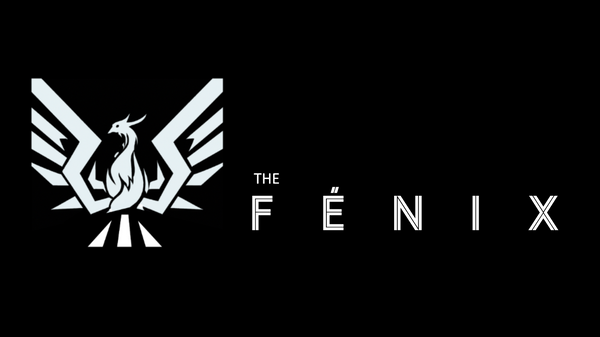With respect to the world of animals (of which we understand that humans are one), the idea of better or worse technique for a movement skill seems to apply only to humans. Possibly animal trainers would object to that. Still, I have never seen a dog doing any exotic swimming strokes. They seem to just stick to the doggy paddle.

That's a pretty sophisticated Chimp.
At the very least, any cases we do see of animals improving their movement skill technique do not involve the animal itself setting out to change their technique for some purpose they have in their own mind. Instead, it is a person who has an improved technique in mind and reinforces the behavior of the animal as that behavior becomes more similar to the envisioned technique in the appropriate context. I don’t know for a fact that animals never set out to modify their own technique if they already have one established. However, all evidence I have ever seen would indicate that they don’t do this.

Corvids (Crows are a type of Corvid) are known to be particularly smart animals. They are known to use tools to solve problems. But, do they do deliberate practice to improve their technique with tools? My understanding is they do not.
That is all to say that it is sort of a strange thing to do. And yet, we humans do it all the time. Put a kid in sports and they will be working to create quality technique for that sport and this includes changing initial first drafts at a technique so that they more and more closely match expert versions.

"You really need to work on your slithering technique, bro."
There is a key difference here that should be made clear. There are two cases of skill acquisition which shouldn’t be confused. There is the case of starting without a habit in place and working to build that habit. The second case is already having a habit in place that we would like to change (probably because there is a more efficient way to produce a human body movement that aims for the same result as the one we already have in place). Both of these are cases of working toward some idealized technique. However, one of them has an “easy way out” of any given rep while the other does not.
The easy way out case is when there is a habit in place. In this case, we can consciously modify our motion away from the habit. When we do this the movement is changed to be more like the “more efficient” idea for that technique that we have in mind. This is hard. In particular, it is hard because every rep is an opportunity to let our concentration on the modification relax and just let the habit handle it. And this is only made harder by the fact that diverging from habits is not only uncomfortable, but it also often makes results worse before they make them better. It takes commitment to work through this regression to get to the better technique in the end.
When starting without any habit, there is no easy way out. Well, actually, there is. At that stage, the only easy way out is to just say “this isn’t for me” and decide that your best bet is to pursue some other activity or hobby.
If you don’t give up, though, then there is no temptation to take an easier path. There is only the hard work of building a habit while trying body movements that you do not have experience with. The toughest part about this is that results will be very poor for a while (at least if comparing yourself to experts). The good news is that despite the results being very poor, they will typically be improving really fast.

Improvement comes fast when we are first learning a movement pattern.
In the hockey skills training industry, the vast majority of the time, we are working with players in that first case. This is to say we tend to be working with players who have a habit that is far from optimal, and they could be much more impactful on the ice if they could modify their habit toward a better, more efficient version.
In the next few posts, I will be considering some nuances to that process of habit modification.
- Is conscious modification of a movement away from an established habit a skill that one can be better or worse at? Is it a trainable skill?
- If this is a trainable skill, what would allow a person to be better at it?
- Is it a meta-skill (a skill that affects how we acquire other skills)?
- When connecting this back to hockey, how can it help us improve our approach to skill acquisition?
There is a parable about a couple of fish having a conversation where one comments on how nice the water is today. The other fish apparently had never thought about the substance around them that they swim in and, as a result, water was not a thing that they were aware of. “Water? What’s that?”.

"Water? What are you talking about?"
I like to think of humans modifying their techniques in the same way. It’s a thing we all do and do a lot. As a result, it seems totally normal to us. But are we the only animals that do it? Maybe we are. If so (ok, even if not), let’s do it well! We’ll learn more about the process in upcoming posts.

